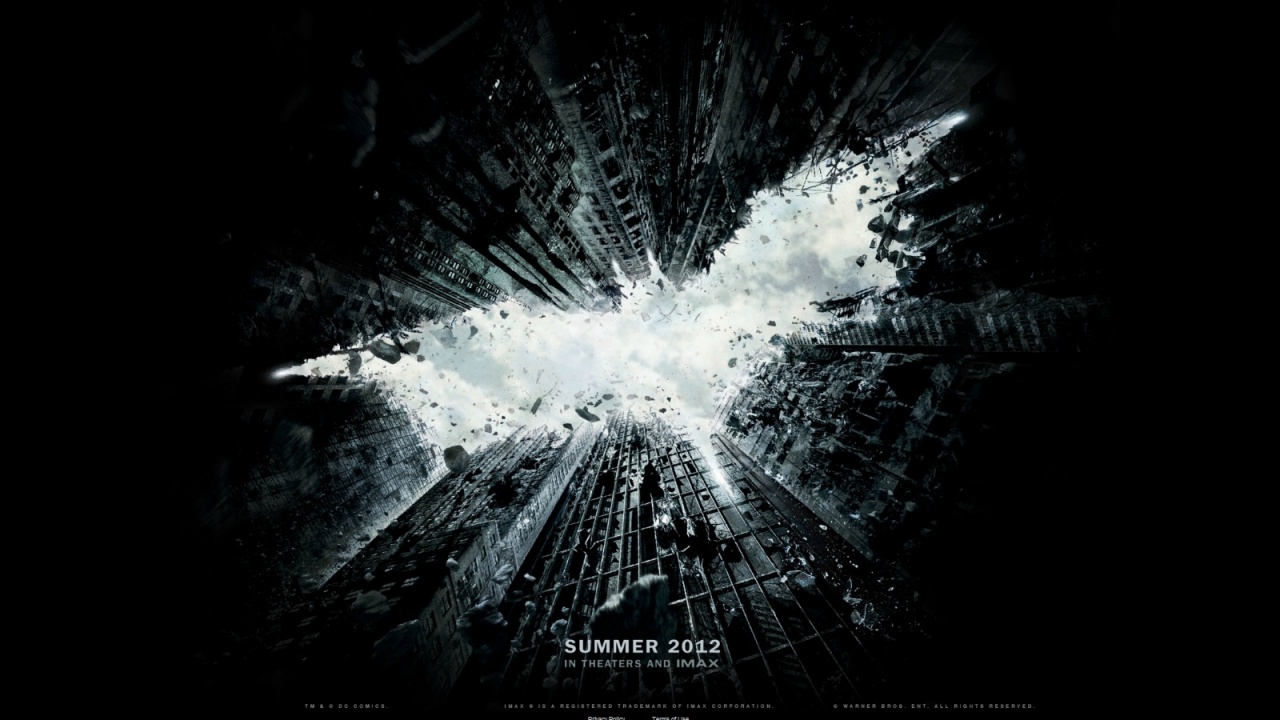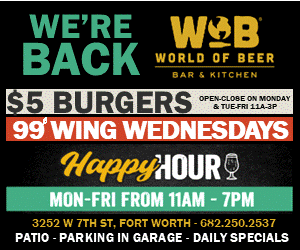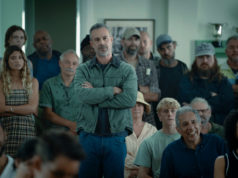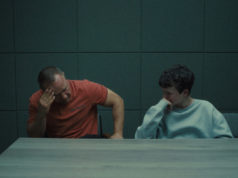WARNING: MULTIPLE SPOILERS AHEAD
Because of deadlines, I only had one hour to write up my review of The Dark Knight Rises last week. I had lots more thoughts about the film, but I figured I’d better hold on to them until I got a chance to see Christopher Nolan’s blockbuster a second time. Then the horror in Colorado made me really want to hold back until I could process what information was available. So I haven’t posted until now. Let’s start with real life.
Terror strikes in Aurora As always happens in such cases, other people are weighing in on the attack, so I don’t have too much to add right now. Like schools, concerts, and sports events, movie theaters are soft targets when it comes to acts of terror. We can certainly make those places more secure, but the challenge is doing it without changing the free, open nature of the experiences that those places offer us. We don’t yet have enough information to suss out the killer’s motivations. (Reportedly Holmes said “I’m the Joker” when he got caught. If he meant that as anything other than a very sick joke, we’re not going to get far trying to follow his thought processes.) Some people are wondering why he chose this film as the backdrop for his act. It’s tempting to draw some connection, especially since Nolan’s Batman movies ask, “What’s wrong with us?,” or more specifically, “How do our flaws as human beings translate to flaws in our cities and the institutions that make those cities run?” Focusing on those questions might well attract lunatic-fringe types who want to annihilate society. Yet as of this posting, there’s no indication that Holmes saw The Dark Knight Rises as anything other than a hotly anticipated, high-profile event that would attract a huge crowd. Observers are now asking some excellent questions as to why Holmes was allowed to walk down the street armed to the teeth when he couldn’t have walked into an airport with so much as a water bottle. William Saletan on Slate focuses on the killer’s protective gear, calling it the next step in spree killings. I hate to think he might be right.
The movie’s politics are muddled It turns out that Bane’s uprising of the disenfranchised is just a stalking horse for his true purpose — he wants to gain revenge on Bruce Wayne for the murder of Ra’s Al Ghul in Batman Begins. Still, the uprising isn’t anything to get behind, as Gotham degenerates into mob rule, presided over by kangaroo courts. (The judge is the Scarecrow, played by Cillian Murphy.) Bane’s armed soldiers are truly rabble, mercenary soldiers and criminals using the chaos to take possessions from the rich. Nolan was shooting the film during the Occupy Wall Street protests last year, so some observers have been quick to point out the parallels. I, on the other hand, saw parallels with the French Revolution even before I found out that Nolan was inspired by Dickens’ A Tale of Two Cities, as the mob executes rich people for the crime of being rich. (Click here for a real drawing out of Charles Dickens’ influences on the movie.) Nolan is right to fear mob rule, but his depiction of it isn’t as scary compared to other movies that depict the total breakdown of society: Steven Spielberg’s War of the Worlds, or Alfonso Cuarón’s Children of Men. If you really want to go back, Frank Capra’s films like Meet John Doe have some terrifying mob scenes. It’s notable that the movie’s climax is brought about by a charge of uniformed police officers, who spend most of the movie’s second half trapped underground by a series of bomb blasts. These are elements for a right-wing screed, yet the movie isn’t worked out well enough to be one. I was premature to cite the movie for its social commentary. We don’t get enough on Batman’s relationship with Gotham’s financial elite, and Bane’s demagogic leadership of a proletarian uprising isn’t explored enough, either. Contrast this with The Dark Knight, in which the issues about security in the face of terrorism are treated in depth. Considering how much resources were devoted to this part of the movie (including the character of Miranda Tate), it’s disappointing that the movie is so vague on this point and returns the villains’ motivations to those of Ra’s Al Ghul.
Catwoman is conceived differently I’m on record already as liking what Hathaway does with this role; in her first appearance, you can see her go from demure housemaid to steely-eyed thief in the time it takes her to say, “Oops.” Yet we never see why she’s conflicted about her criminal career. She’s troubled by Bane’s uprising, which she has helped bring about, but even before that she has been looking for a “clean slate,” specifically a computer program that’ll help her electronically wipe out her criminal past. We don’t get any further backstory, and we could use it. The role isn’t as fully conceived as it was in Tim Burton’s 1992 film Batman Returns, in which Michelle Pfeiffer’s Selina Kyle is a tragic figure, a feminist heroine gone wrong who’s unable to let go of her rage. No such depth with this Selina. Of course, that could be rectified by a spinoff movie, which Anne Hathaway seems open to.
And who’s that girl? Juno Temple is an actress I’ve liked very much in the past, but I can’t figure out her character, who is some sort of confederate for Selina Kyle. Selina doesn’t seem like the type who would trust her business to just anyone. While I was watching the film, I asked myself on three separate occasion, “Who is she to Selina?” Is she her sister? Cousin? Lesbian lover? (The ending would seem to rule out that last option, but more on that further down.) We never find out.
The action is improved I’ve geeked out on this site before about action sequences and how I like it when filmmakers favor clarity over energy and allow us to keep track of where everything is. Nolan hasn’t done that too well in the past. Even a relatively small-scale bit like the shootout at the end of Insomnia has shots of Hilary Swank ducking intercut with shots of Robin Williams firing his shotgun, with no clue as to how close his shots are coming to hitting her. An entire cop car disappears in the big car chase at the halfway point of The Dark Knight, and the character of Yussuf goes missing during the armed confrontation in the rain in Inception. (The latter film has a bit more leeway for this, though, since it mostly takes place in the dream world and operates explicitly on the logic of dreams.) There’s greater clarity in The Dark Knight Rises, especially in the two Batman vs. Bane fights and the tunnel scene when Batman reappears to Blake. Nolan still has some way to go before he’s as fluid as the best action filmmakers, but he’s taking steps to correct this Achilles heel in his repertoire.
Bane exposes Harvey Dent, but then what? After Bane takes over Gotham, he goes before TV cameras and reads Jim Gordon’s speech (pulled from his pocket during the brief time that Gordon is Bane’s hostage), which reveals the truth about Harvey Dent going over to the dark side before his death. And then … nothing happens, except that Blake becomes disillusioned with Gordon and the police. Shouldn’t this have more impact? Bane’s clearly trying to demoralize Gotham’s people with this statement, but does it work? Do the people lose all will to resist Bane’s gunmen? Do they even believe Bane? The speech does appear to be in Gordon’s handwriting, but even so, Bane isn’t exactly the soul of probity here. It would be a typical Nolan touch if the people simply refused to believe the truth about Dent, but we should see Bane’s words at work.
Should there be a Batman? Zach Baron at Grantland goes how Nolan’s Batman trilogy questions the whole reason for being behind superhero movies. He’s pretty comprehensive at detailing how Nolan’s films differ from the others, but he doesn’t mention the one other superhero flick that does the same thing as Nolan. I refer, of course, to Kick-Ass, which shows us the shining examples of heroism that large numbers of people go to the genre for and also the misanthropic nature of costumed vigilantes that attracts borderline types. Unlike the Batman movies, Kick-Ass addresses these issues in comic terms, and it’s pretty funny indeed.
I think Bruce Wayne is dead I read this interpretation of the movie’s ending in Clothes on Film’s review, and it made so much sense that it chilled me to my soul. Bruce Wayne perishes in the nuclear blast that saves Gotham, and Alfred’s final vision of Bruce and Selina in the café in Florence is a hallucination borne of Alfred’s guilt and desire to see his young master finally achieve peace. It’s true, we do see Lucius Fox being informed by his techs that Bruce Wayne fixed the auto-pilot on the prototype of the Bat aircraft. Still, that was the prototype rather than the advanced model that Batman was flying at the end, and between being imprisoned and flying the plane during the climactic battle, when would Bruce have found time to do a similar fix on the combat model? (If you think Bruce escaped the blast, you can say that he fixed it before he reappears to Selina in Gotham.) All three movies have framed the Batman enterprise as a suicide mission; the death of Bruce Wayne is a natural end. It would only be fitting for the guy who made Inception to end the movie with a dream.













This movie with Ledger’s Joker performance will probably go down as one of the best Batman movies ever. I cant stand Ben Afleck’s Batman at all. I’ve been trying to learn more about Batman’s rich history, found some good Batman essays if you want to check those out.